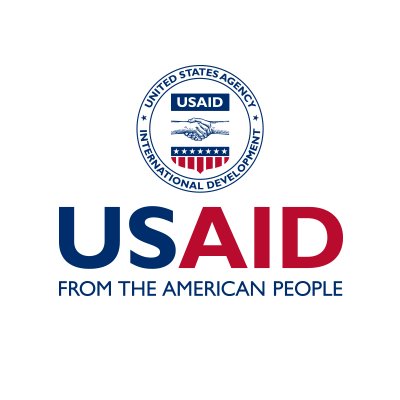USAID Advances Efforts to Expand Access to Medical Oxygen to 50 Facilities Globally, Mobilizes Partners to Make New Commitments to Address Urgent Oxygen Needs
Today, the U.S. Agency for International Development (USAID) advanced plans for a previously-announced $50 million investment to expand global access to medical oxygen–starting with commitments to build and improve health care infrastructure to support bulk liquid oxygen in 50 facilities around the world. USAID estimates the investment will support medical oxygen at more than 20,000 beds, enabling hundreds of thousands of patients to receive life-saving oxygen each year.
The United States is also the single largest donor to The Global Fund, which has provided more than $600 million to help more than 80 lower-middle-income countries increase access to medical oxygen for patients. In addition to the funding discussed above, USAID has also directly invested a total of $112 million in funding since the beginning of the pandemic for oxygen support to 50 countries.
By advancing plans for this latest investment, USAID is contributing to global momentum among donor countries, multilateral organizations, and foundations to work together to collectively address significant shortfalls of oxygen for patients, including those hospitalized with COVID-19 in low- and lower-middle-income countries around the world.
Today’s announcement is released the same day that donors including the Government of Germany, The Global Fund, the Skoll Foundation, and Unitaid are making their own announcements about their work to address the global medical oxygen crisis.
Background on the Global Medical Oxygen Crisis
Even prior to COVID-19, access to medical oxygen was inadequate to meet the needs of health systems in most low- and lower-middle-income countries. In addition to COVID-19 patients, there is a vast patient population who also need oxygen therapy including newborns in respiratory distress; children with pneumonia, sepsis, and/or congenital heart disease; adults with tuberculosis, malaria, and/or HIV/AIDS, and/or chronic respiratory conditions like COPD; and patients requiring surgery.
Prior to the pandemic, much of the world took access to oxygen for granted–however, widespread oxygen shortages, and the tragic consequences, have increased visibility and urgency around the issue. Access to oxygen has become a key plank of the COVID-19 pandemic response. Oxygen is an essential treatment for severe COVID-19; with oxygen therapy alone, 75 percent of patients hospitalized can survive the infectious disease.
Since the start of the pandemic, donors around the world have mobilized more than $800 million in grant financing to help low- and lower-middle-income countries avert oxygen shortages. These investments have already helped millions of patients, and will continue to be vital components of systems needed to respond to future health emergencies. But, they are not enough. An additional $1 billion is needed to prevent further oxygen shortages in the next year alone. More support from governments, foundations, high net worth individuals, and the private sector is critical.

